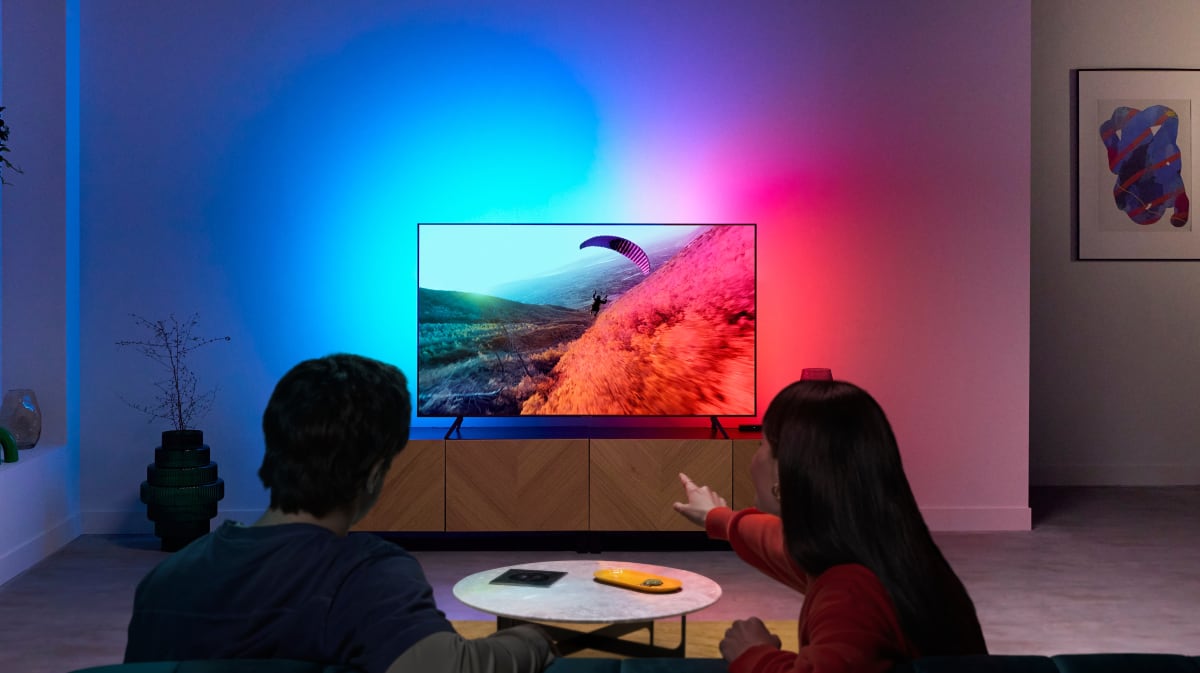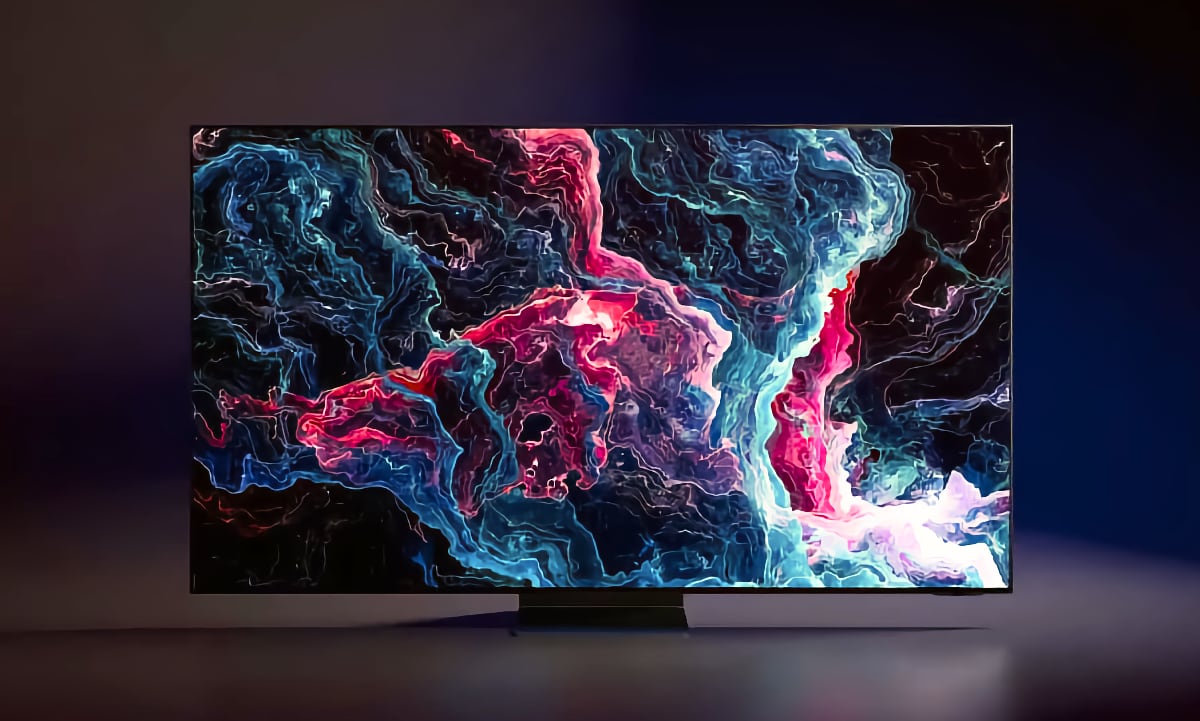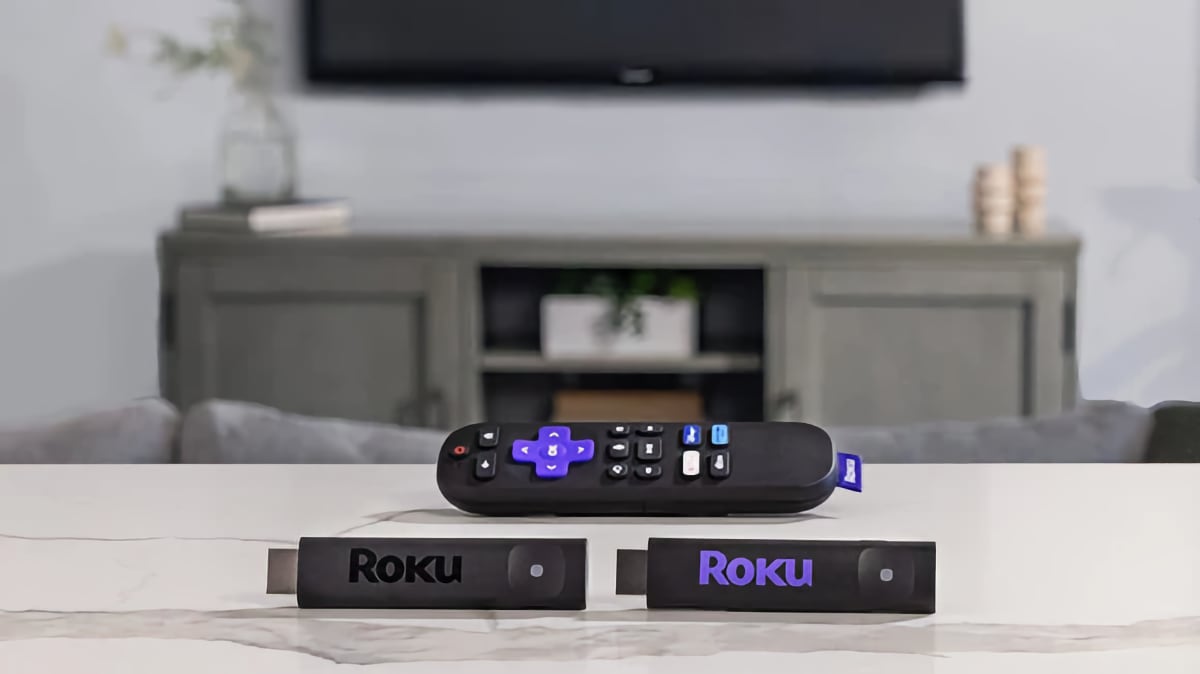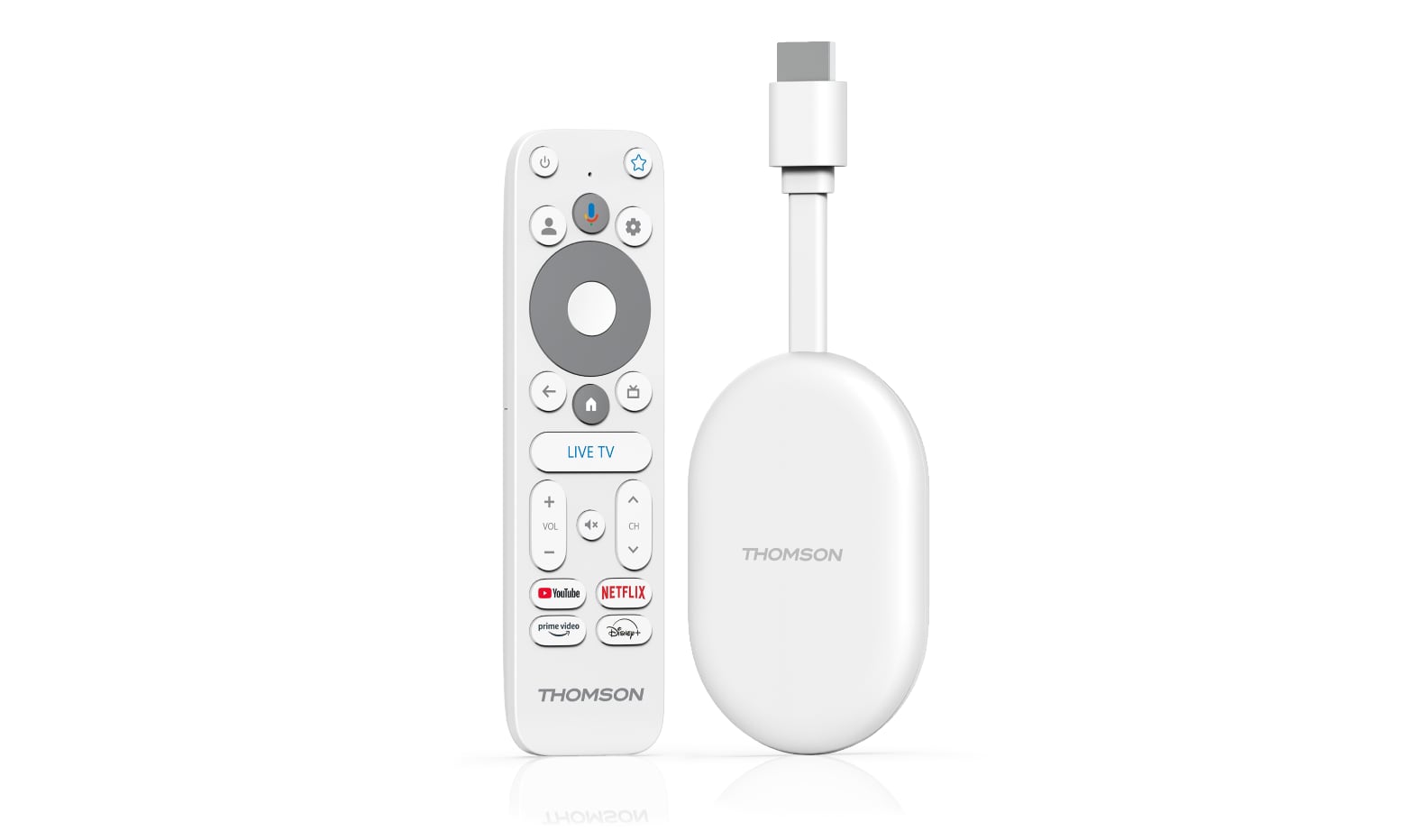Sony has today revealed technical specifications for PlayStation 5 that will have 10.3 TFlops of graphical power - more than twice that of PlayStation 4 Pro. It also has an SSD slot for expandable storage.
PlayStation 5 technical specs
Sony had already confirmed that PlayStation 5 will support 4K at 120fps, up to 8K graphics, and ray-tracing. It had also said that the console will feature SSD, UHD Blu-ray drive, and an upgraded controller with haptic feedback.
Game consoles' graphical power:Xbox One
Xbox One S
PS4
PS4 Pro
Xbox One X
Xbox 'Lockhart' (rygte)
PlayStation 5
Xbox Series X
At a highly technical presentation today led by Mark Cerny, lead system architect for PlayStation 5, the company covered several technical aspects and the "road to PS5".
PlayStation 5 will have 10.3 TFlops of graphical power. For comparison PlayStation 4 Pro delivers 4.2 TFlops and Microsoft is advertising 12 TFlops for its next-gen Xbox Series X. Sony's Mark Cerny cautioned that the TFlops numbers should not be taken at face value, though, arguing that PlayStation 5 is a bigger step forward from PlayStation 4 Pro than the numbers would suggest.
He explained that a lot of the extra performance (besides TFlops improvement) can be associated to the switch from a traditional hard drive to a super-fast SSD as well as other optimizations throughout the pipeline. The SSD will not only makes game load much faster, it also allows game creators to realize much larger and more detailed game worlds.
Mark Cerny explained that the transfer speed of Blu-ray discs and conventional hard drives have been major bottlenecks in the past, leading to big compromises when designing game worlds and games in general. He referred to the switch to an SSD as a "game changer" and argued that it is more comparable to RAM in terms of speed.
- "Developers are able to stream assets into PS5 games at an incredibly fast rate, so PS5 play experiences can be seamless and dynamic, with near-instantaneous fast travel through large game worlds. This enhanced speed will enable game developers to create larger, richer worlds without traditional limitations, such as load times, and also allows gamers to spend more time gaming than waiting," said Sony
Inside the PlayStation 5 there is an SSD with 825GB capacity for games. Capacity can be extended via an external NVMe SSD card that will be available sometime after the launch of the console.
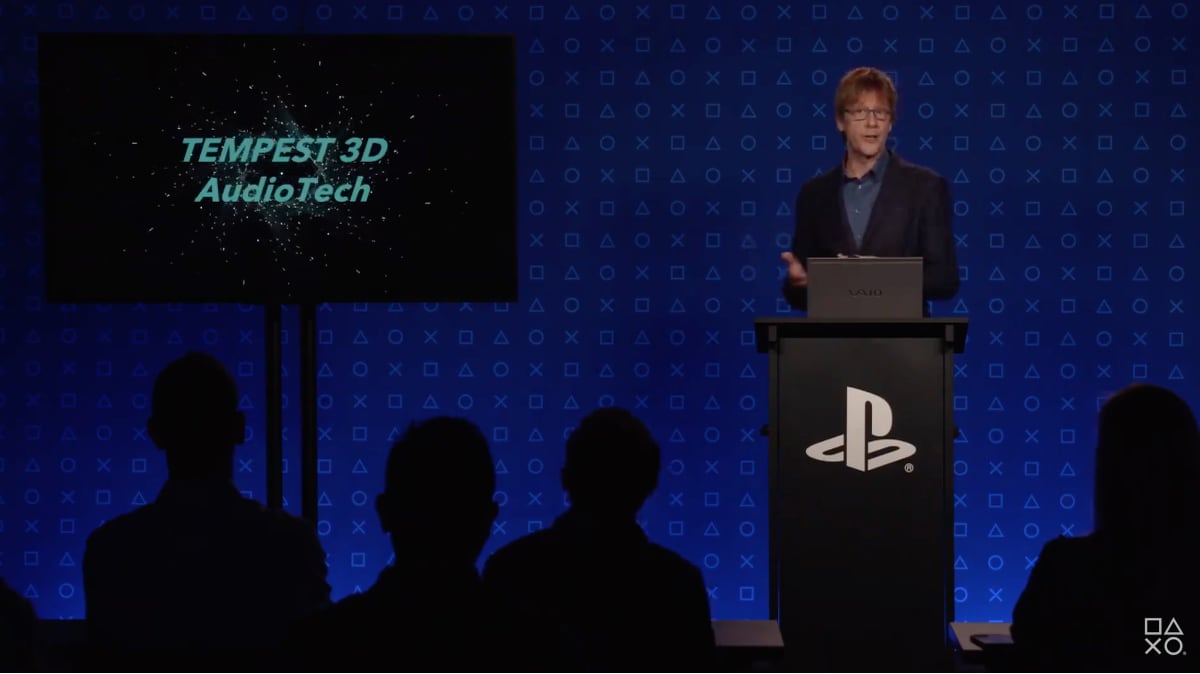
3D Audio in PlayStation 5
The presentation also covered Sony's extensive work on 3D Audio and a so-called "Tempest Engine" found inside PlayStation 5. It is a dedicated hardware unit that leads to "vastly improved audio".
Sony explained that the goal is to improve immersion to make the player feel "presence". This may sound very similar to Dolby Atmos but Sony said that its 3D audio system will be capable of processing "hundreds of audio sources" rather than just the 32 sources that Atmos can handle.
- "We wanted to deliver a compelling audio experience for all users, not just those who own high-end speaker systems. So we designed and built a custom engine for 3D audio that is equipped with the power and efficiency for ideal audio rendering. With 3D audio on PS5, the sounds you hear while playing will offer a greater sense of presence and locality. You’ll be able to hear raindrops hitting different surfaces all around you, and you can hear and precisely locate where an enemy is lurking behind you," Mark Cerny explained.
Mark Cerny also explained that the hardware audio chip ties in with the ray-tracing capabilities of PlayStation 5 meaning that sounds can be "traced" within a scene, much like light. This allows for more realistic reflection of sounds or more accurate sound from moving objects.
- "Ray tracing simulates the way light moves in real life, and how it bounces off various surfaces. Games that take advantage of this feature will render objects much more accurately, and with heightened realism. Water, glass, light refraction, a character’s hair and so on, will look even more realistic."
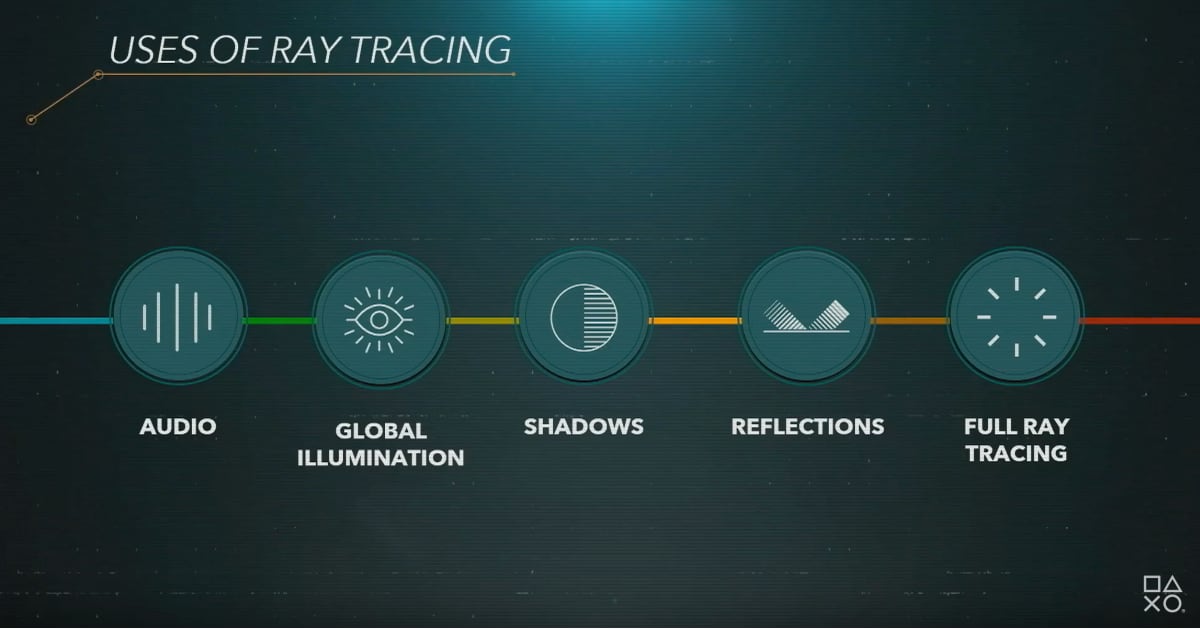
Sony said that the goal is to bring this improved sound experience to everyone - not just living rooms with huge speaker systems. One approach here is to adjust the sound based on a HRTF (Head-related Transfer Function), in other words a way to finetune the effects to the individual ear. At launch, PS5 will offer five audio profiles to select from but Sony is exploring more advanced approaches - for example a way to upload a photo of your ear that can be analyzed for the best effect.
Today's event was a "deep dive" into some of the technology inside the next-gen game console. If you had hoped to see PlayStation 5 in all of its glory, learn more about its main features, or get a glimpse of upcoming games, you will be disappointed. We will have to wait a while longer for those details.
PlayStation 5 will be available in late 2020. Pricing details have yet to be announced.
PlayStation 5 - official specs
| CPU | x86-64-AMD Ryzen "Zen 2"
8 Cores / 16 Threads
Variable frequency, up to 3.5 GHz |
| GPU | AMD Radeon RDNA 2-based graphics engine
Ray Tracing Acceleration
Variable frequency, up to 2.23 GHz (10.3 TFLOPS) |
| System memory | GDDR6 16GB
448GB/s Bandwidth |
| SSD | 825GB
5.5GB/s Read Bandwidth |
| Expandable Storage | NVMe SSD Slot |
| External Storage | USB HDD Support |
| Optical drive | Ultra HD Blu-ray, up to 100GB/disc |
| Video Out | Support of 4K 120Hz TVs, 8K TVs, VRR (specified by HDMI ver.2.1) |
| Audio | "Tempest" 3D AudioTech |
- Source: Sony





